Cagli, in the Marche region, is one of the Italian cities of art called “minor,” but which are not such. It is in fact a beautiful city, made so also by the urban redevelopment and restoration, that is, valorization, carried out in recent years by the then deputy mayor Alberto Mazzacchera, who charted a course followed by his entire City Council. Enhance its historical context. Enhance the importance of the many masterpieces, major and minor, that Cagli possesses. From the ancient Roman urban layout of which the ruins of the Mallio Bridge in particular remain, to the seventeenth-century gate, a masterpiece of strength, grace and solemnity from which one enters the city refounded in 1289 by Pope Nicholas IV perhaps to a design by Arnolfo di Cambio, to the thirteenth-century Palazzo Pubblico whose grand facade dominates the large and elegant square that has at its side the Duomo whose construction was begun at the end of the thirteenth century, the Church of St. Francis with the fourteenth-century frescoes of theapse, the Torrione by Francesco di Giorgio Martini that dominates the town from the last quarter of the fifteenth century, the Tiranni Chapel frescoed around 1490 in the church of San Domenico by Giovanni Santi, Raphael’s father, the Oratory of Sant’Angelo Minore in which is preserved Timoteo Viti’s Noli me tangere, a beautiful painting that is also a rare example of a work still in the place for which it was conceived around the first decade of the 1500s, the many stucco bas-reliefs left in the mid-sixteenth century in the city’s churches and palaces by Federico Brandani, stuccoes that can easily stand on a par in quality and elegance, with those made in the same years by Primaticcio at the Castle of Fontainebleau for Francis I of France, but also the canvases by Lapis, a beautiful eighteenth-century classicist painter studied by Benedetta Montevecchi and Stella Rudolph, who on the altar of the church of the convent of San Nicolò left a large canvas with Our Lady of the Rosary and Saint Dominic. Masterpieces, these just mentioned, wonderful to the eye and to the heart, but also creating an important local economy. Which is not only the economy of the historic wineries, the Mochi and Fiorini for example, but also that induced by the high quality of life of those fortunate enough to live in these places that are so-called minor but are not such; for example, Cagli has a perfectly maintained and functioning theater with fine seasons of drama and music. And it is an issue, the high quality of life in places in the territory, that is little talked about, but which I believe should instead be of national interest, even more so in the perilous and difficult times in which people live in big cities.
So that for anyone who cares about the artistic heritage and beauty of the territory painful is the news that there seems to be a desire to sell the great fourteenth-century Convent of San Niccolò in the center of Cagli, later to become a cloistered convent of Benedictine nuns over the centuries. A huge block of monumental buildings where only four nuns live today, but which is economically self-sufficient thanks to a series of rentals of the spaces not dedicated to worship. Where it is easy to foresee that sale ending up making the Convent a hotel. Perhaps destined for “short rentals,” those that have become a plague on the historic centers of our cities of art today. A plague because they encourage the cannibalization of museums, monuments and landscapes. The tourism that is devastating Venice, Florence, Rome or Naples, while in the Cinque Terre they had to make alternating pedestrian one-way streets to make the crowds that get off the “big ships” every day walk between Porto Venere and Manarola. A plague that would be better not to hit Cagli as well.
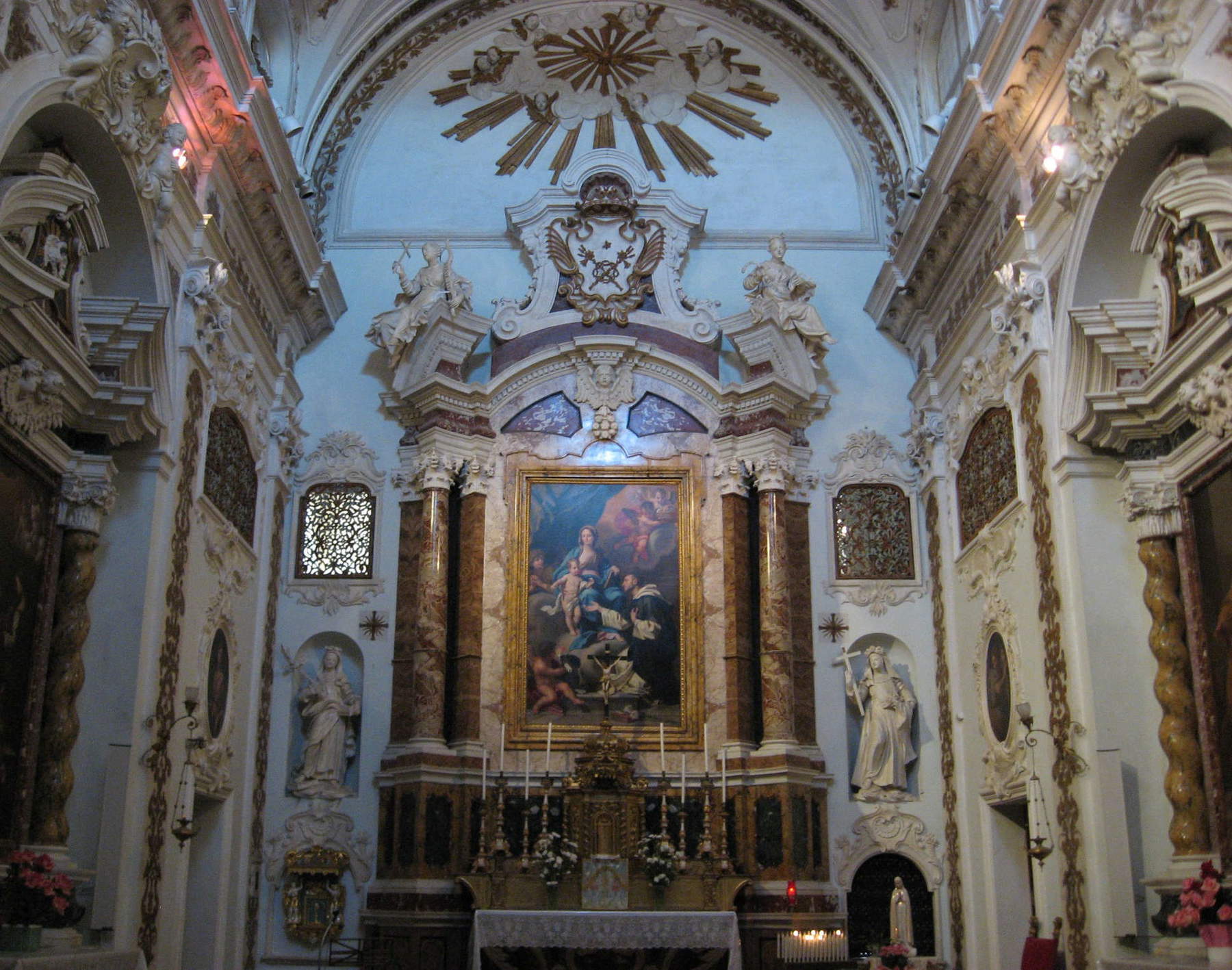
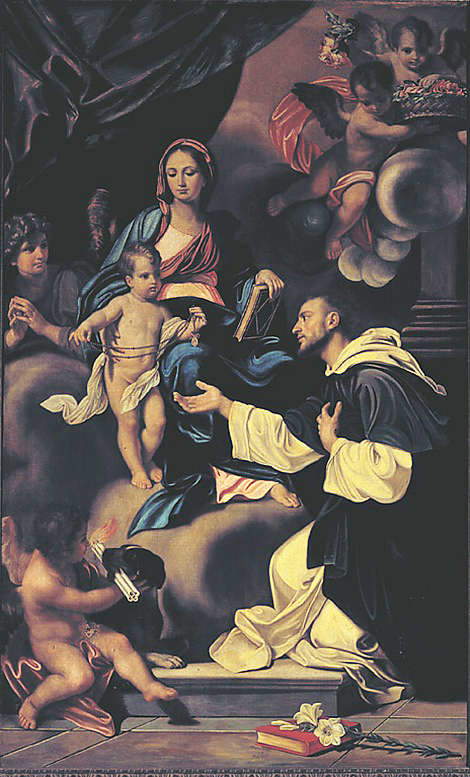 Cagli, Church of San Nicolò,
Cagli, Church of San Nicolò,What to do then for the great Cagliese convent? First take note that this affair reaffirms the simple fact that what makes our historical and artistic heritage unique in the world is its infinite and plurimillenary stratification in the environment: staying in Cagli, we start with the ancient Roman bridge, then the Convent of San Nicolò, the Palazzo Pubblico, Sant’Angelo Minore, the Tiranni Chapel, the Brandani stuccoes, the Lapis canvases, the Theater and whatever else. After that, one should think back to what Monsignor Giancarlo Santi, at that time head of the Cultural Heritage Office of the IEC, said in 1998. The answer he gave me when I asked him what, in his opinion, could be the ways out of the absence of planning with which the action of heritage protection was (is) being conducted: and the choice to sell a huge Convent in the center of Cagli without first having a project for the city in mind seems to me to be such.
In any case, one of the topics then touched upon by Monsignor Santi was the fact that in many cases the relations between the Church and the figures delegated by the State, Regions and Municipalities for protection remained difficult. Relationships that became even more difficult as we measured ourselves against the concrete operation with respect to changes of use, restoration, rearrangement and whatnot of the infinite and often wonderful and precious minor ecclesiastical heritage. A problem with distant roots, Monsignor Santi used to say. Beginning with parish priests, about whom the first observation to be made is that, in fact, the historical-artistic component is almost completely absent from their training. And this is for historical reasons. Those originated in the second half of the 1700s when the Church decided to measure itself against Enlightenment thought, putting the spiritual experience of man’s life between parentheses in order to give maximum emphasis to its rational dimension. The history of the Jesuits is exemplary on this point, again in the words of Monsignor Santi. The Society of Jesus, from the time of its founding in 1540 to that of its suppression in 1773, cultivated with great intensity every form of art, one thinks of the marvelous altar in ancient alabaster and lapis lazuli of St. Ignatius at the Church of the Gesù, in Rome. While after its reconstitution in 1814, it practically set aside all artistic interest, nor did it engage in any more reflection and teaching on the subject. That is, it ceased to be the great artistic patron it had been in previous centuries. It was a radical change in approach that caused the gradual decline of the pride and ambition and ability to produce beauty with which the Church had expressed itself for centuries in the field of art.
This has given way to superintendents and officials trained in the context of a completely secularized and often rootless art-historical culture, for example that of the cadet sons of the nobility, according to an approach developed in the last century by the Italian university world and passed as such into that of the institutions. A culture for which the religious meanings of artistic artifacts are only secondary, spurious and irrelevant components. And this is the main reason for the strong difficulties in their mutual relations. Difficulties, moreover, that are inevitable when people who experience artistic heritage in an essentially celebratory and liturgical key, confront themselves with representatives of an academic and institutional world that does not know or underestimates the very close relations between works of art and liturgy. That is, it underestimates Benedetto Croce’s “why we cannot but call ourselves Christians,” to repeat the title of a short but very important essay by the Neapolitan philosopher that is never mentioned, wrongly. And the affair of the sale of the Convent of St. Nicholas is one of its many manifestations. Even more so if indeed, as has already been said, it was to be made into a hotel for short rentals.
If it is then true that the only four nuns of San Niccolò have found strength in numbers in the sisters of a Tuscan town, Marradi, whose convent has been unexpectedly closed and who would gladly go to Cagli, the fact remains that this affair brings us inside an increasingly serious problem that affects the whole of Italy and yet little or not at all in the news. The abandonment of the countryside and, above all, of the Apennines that are now semi-inhabited and little or not at all cultivated, and therefore increasingly exposed to landslides, floods and other natural disasters. Just one example. Some time ago my friend Fulvio Porena, municipal librarian of Cascia, told me that that territory now has a population density of 2.1 inhabitants per square kilometer. The same as in Mongolia. A depopulation of which is evidenced by the impressive number of churches, oratories and crumbling houses with which the territory is filled not only of Cascia and its surroundings, but of the whole of Italy. How to oppose the damage caused by the cessation of environmental control, thus the state of stream beds, forests and undergrowth, the beginnings of landslides? How to intervene in the many tens of thousands of buildings with their roofs torn off, to close the smashed doors of churches where a series of demented people go at night to do “black masses” and vandalism of all kinds?

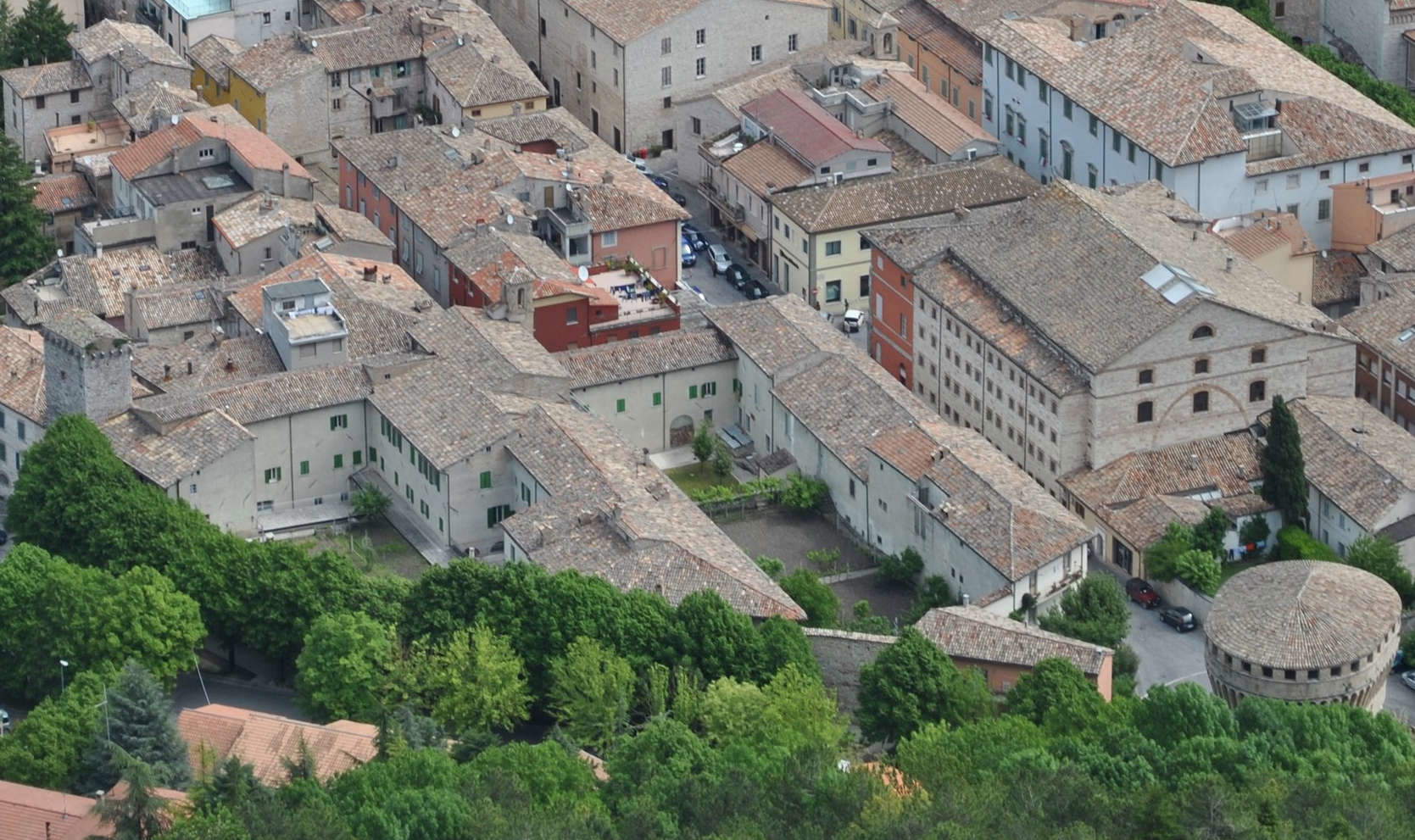
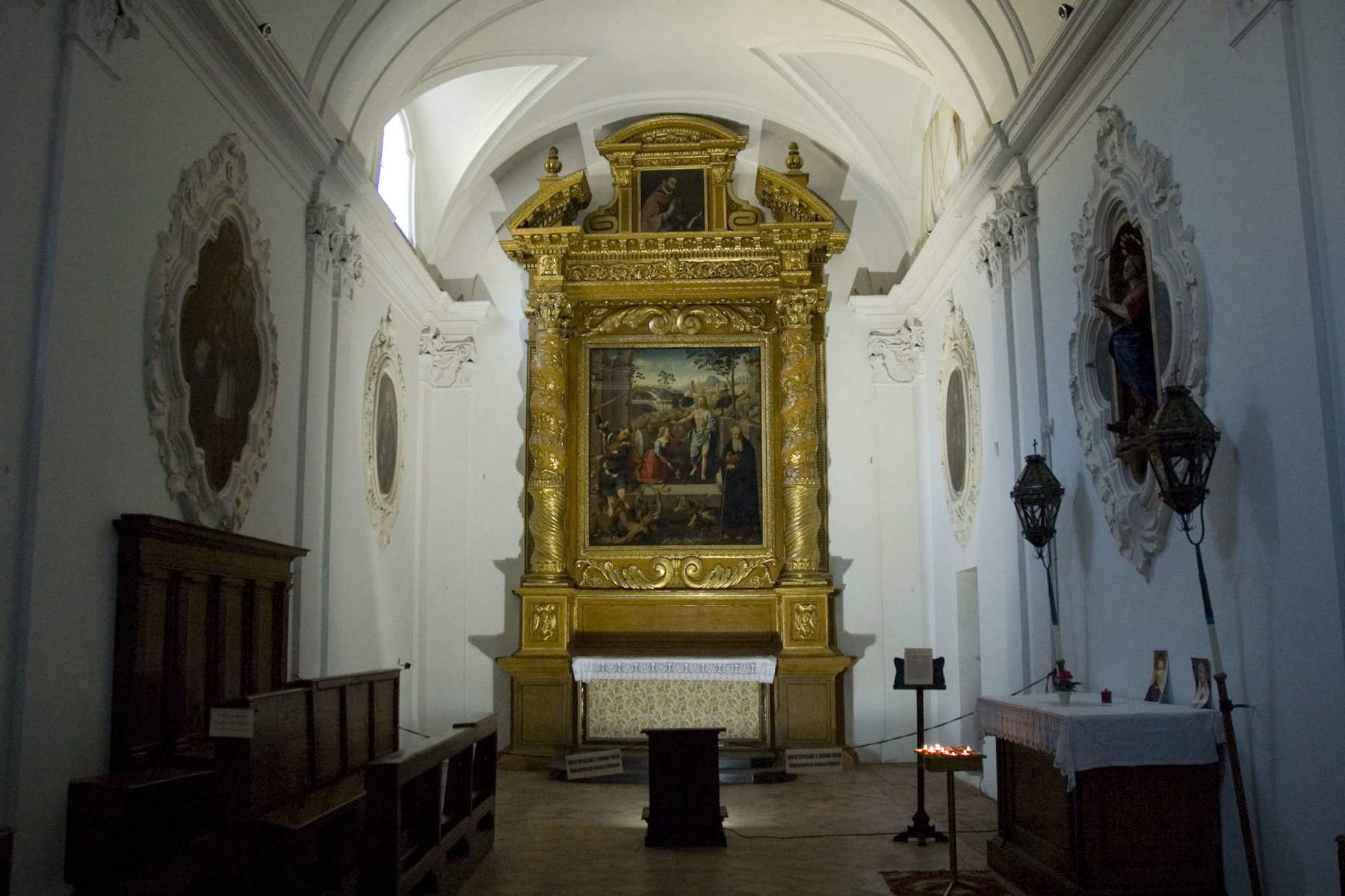
Two questions that are answered by saying that any hypothesis of protection of the artistic heritage should first of all be confronted and shared with anyone who has a title of interest. Starting with the State, but certainly not forgetting the Church, private owners and Associations such as Fai or Italia Nostra. Which means that all these actors should work in close cooperation. Never forgetting that many of the environmental disasters such as landslides, floods and to some extent earthquakes, are nothing but nature’s just revenge for the state of neglect in which it is left, but also for the increasingly worse administrative management of the territory, the free cementing of soils, for example, and even more the lack of prevention from environmental risks, seismic and hydrogeological in primis.
Nor do we say that not much different is beginning to be the problem of churches in historic city centers that are in an increasing number little or not at all attended by the faithful, and which are therefore opened a few hours a day, when they are not kept directly closed. What results in an absence of custody that also coincides with the disappearance or almost disappearance of those who do that small maintenance work, clean the floors, remove dust from the altars, replace the broken glass of a window, call the mason if a tile is moved from the roof and so on. An absence of custodianship that has started a continuous series of conservation damage and a trickle of thefts. And it is a situation that is not likely to improve. Indeed, the number of new priests and nuns is utterly failing to allow for a turnover on par with the secular clergy and religious, whose average age is rising inexorably. So much so that I predict, as Monsignor Santi was telling me to move, that within the next ten or fifteen years there will be an overall reduction of religious men, women religious and priests in Italy roughly by a quarter. A huge percentage figure.
But still no less is the problem that proper management of cultural property requires qualified personnel. In fact, if not, real disasters can come of it. And the threat made to the survival of St. Nicholas Convent is an example of this. So, while from a certain point of view the prospect of close cooperation between state, church and private owners about the preservation of heritage presents itself as the only solution to the problem, it is also true that in the face of authoritarian superintendencies and local administrations often unprepared for the need, of bodies that make protection coincide with constraints, the latter certainly necessary, but only when placed within an organic and rational and shared policy of planned and preventive conservation, of heritage in relation to the environment, even higher becomes the risk that an already very difficult situation will worsen to the point of no return. For example, that convents in which only small numbers of religious and nuns survive will be turned into hotels.
In conclusion some pictures that I owe to the courtesy of Lorena Pacelli and document the state of ruin of some churches and monuments in the province of Campobasso.
 State of some churches and monuments in the province of
State of some churches and monuments in the province of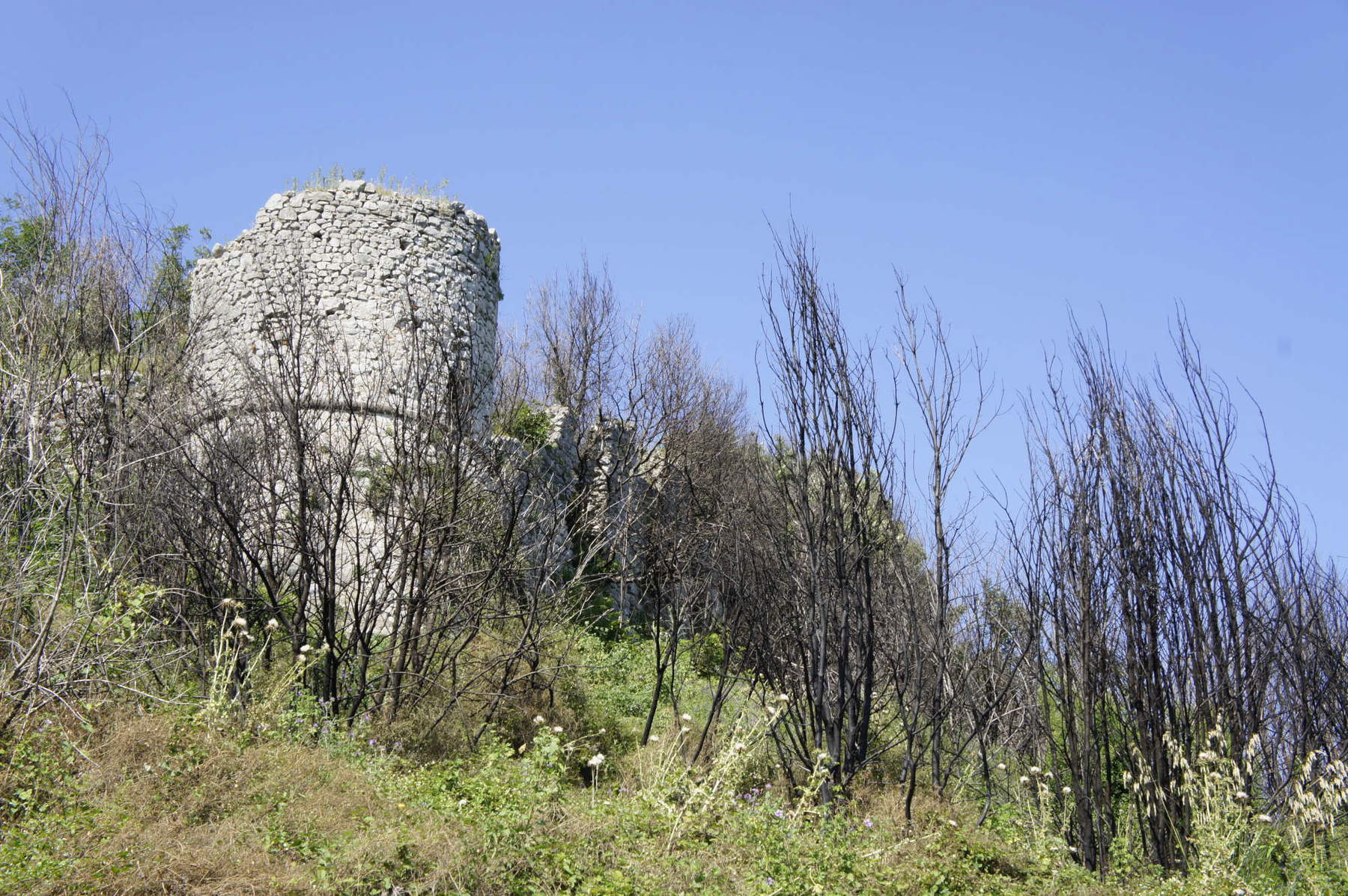 State of some churches and monuments in the province of
State of some churches and monuments in the province of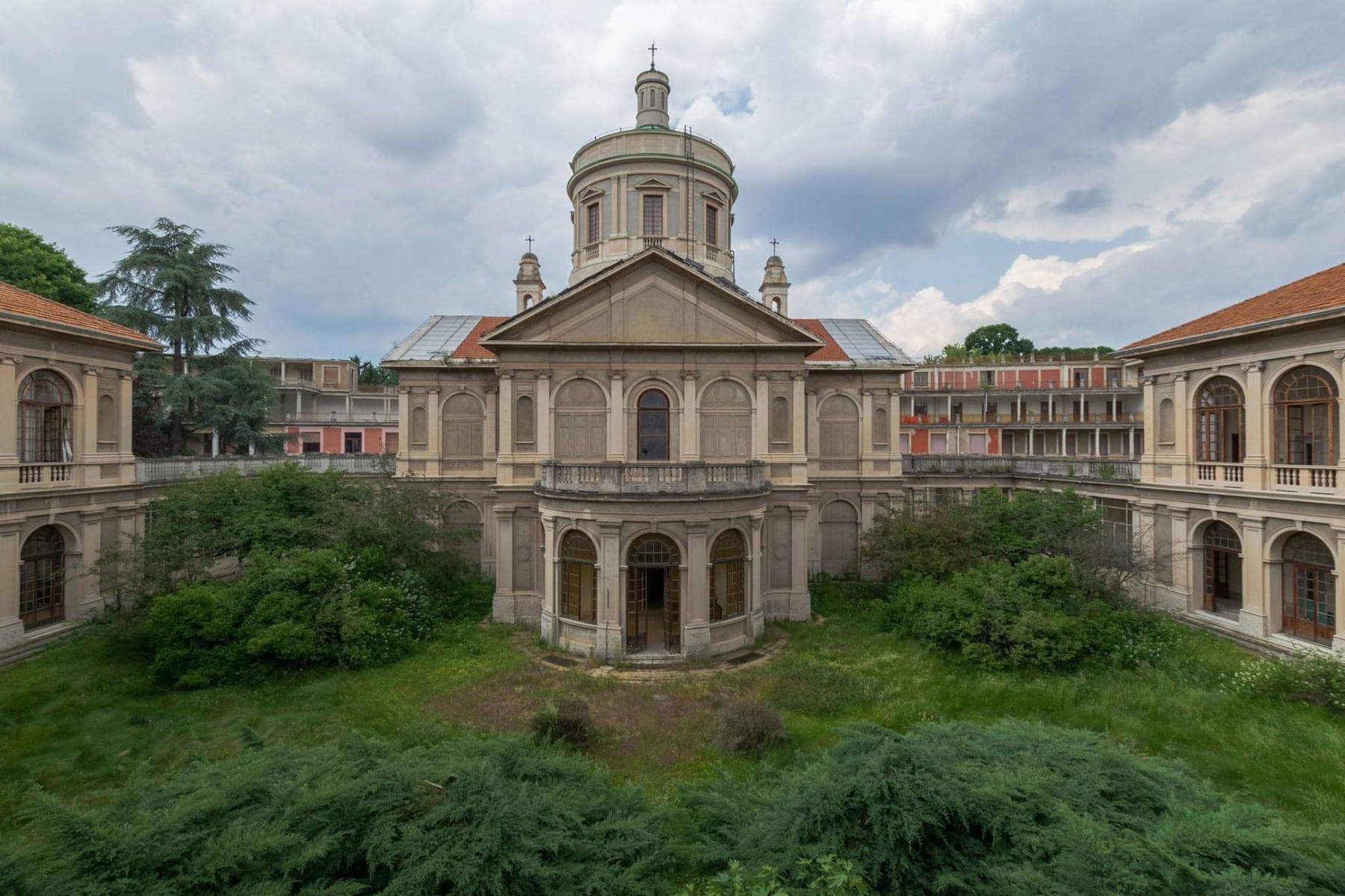 State of some churches and monuments in the province of
State of some churches and monuments in the province of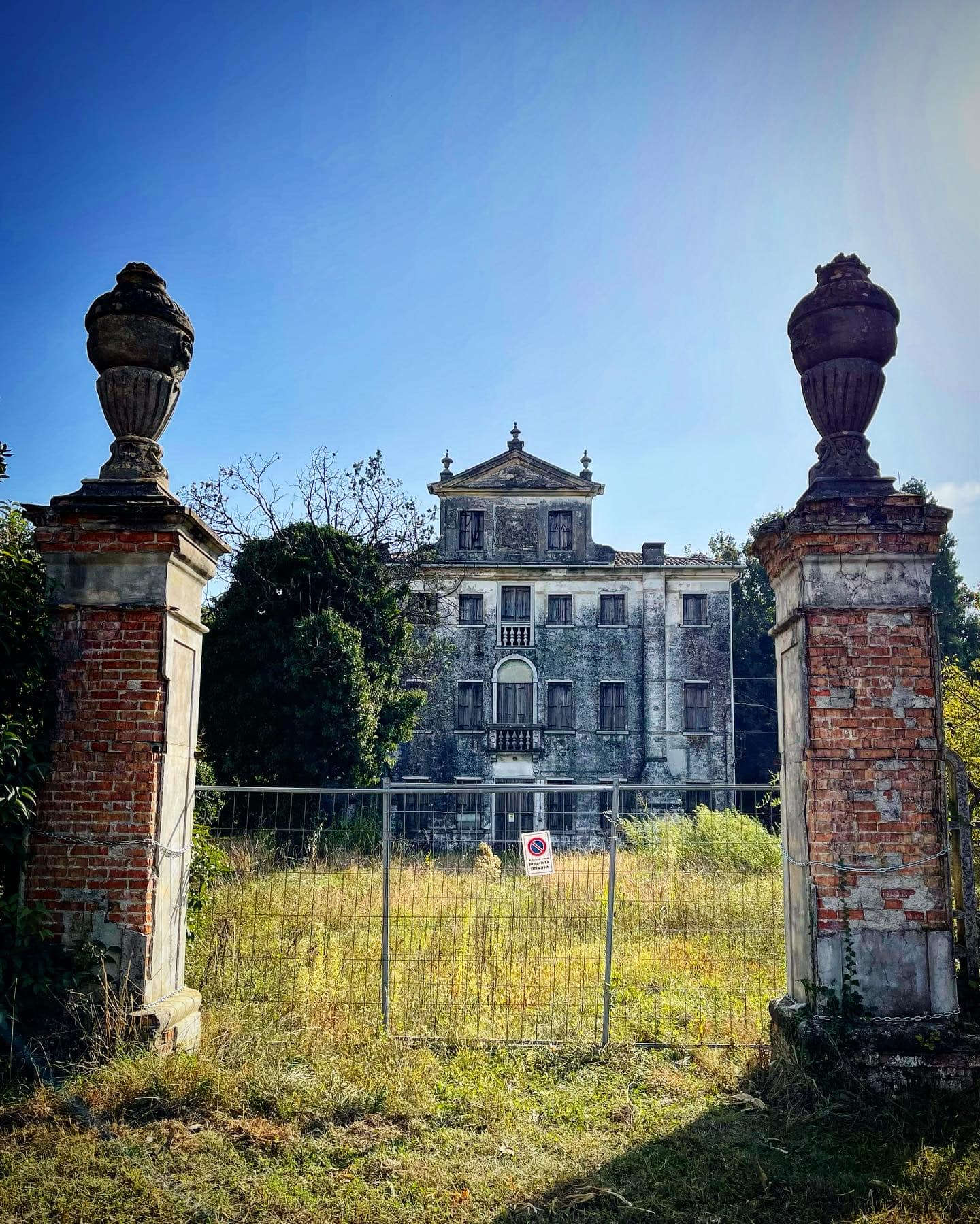 State of some churches and monuments in the province of
State of some churches and monuments in the province of State of some churches and monuments in the province of
State of some churches and monuments in the province of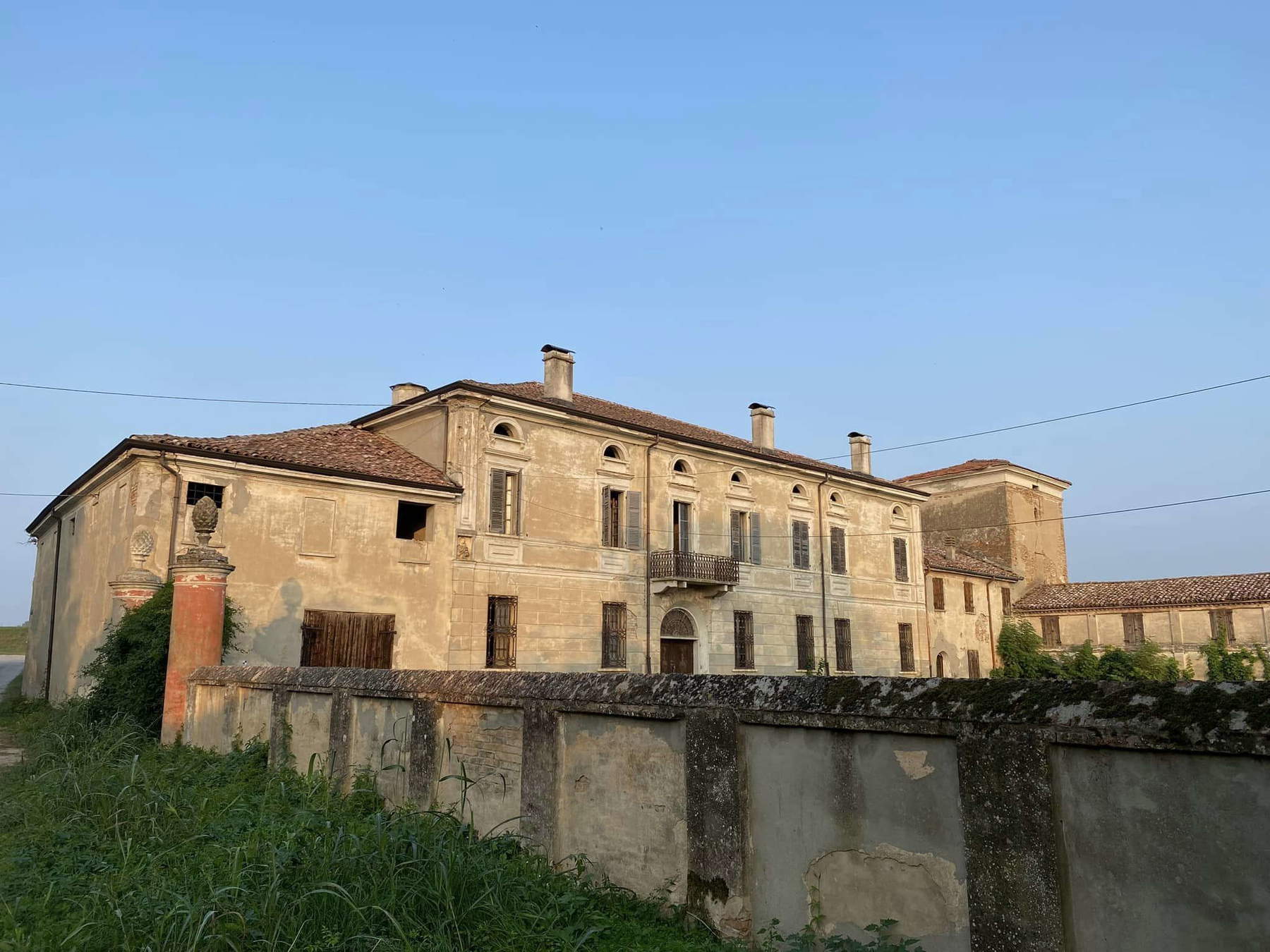 State of some churches and monuments in the province of
State of some churches and monuments in the province of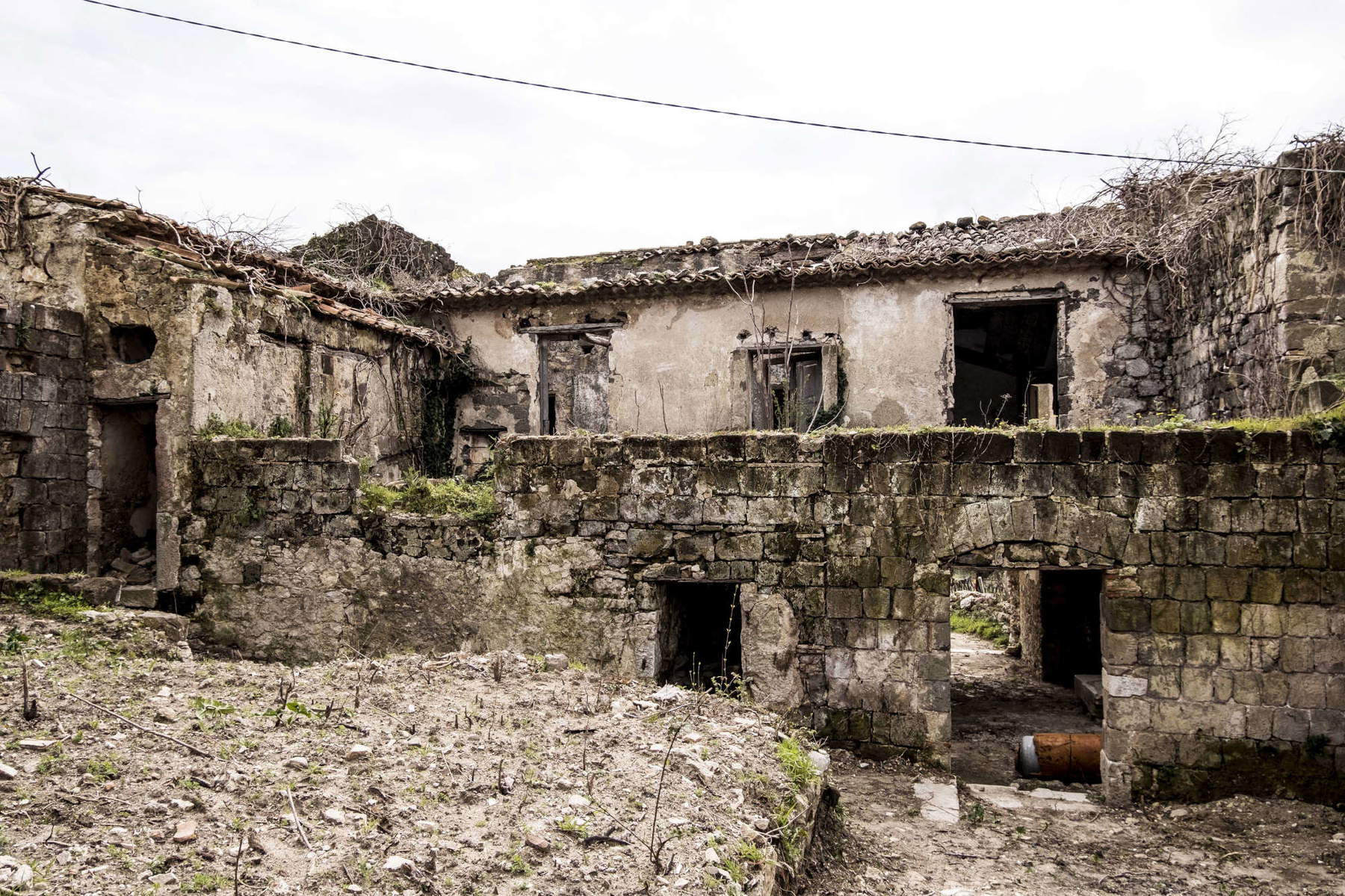
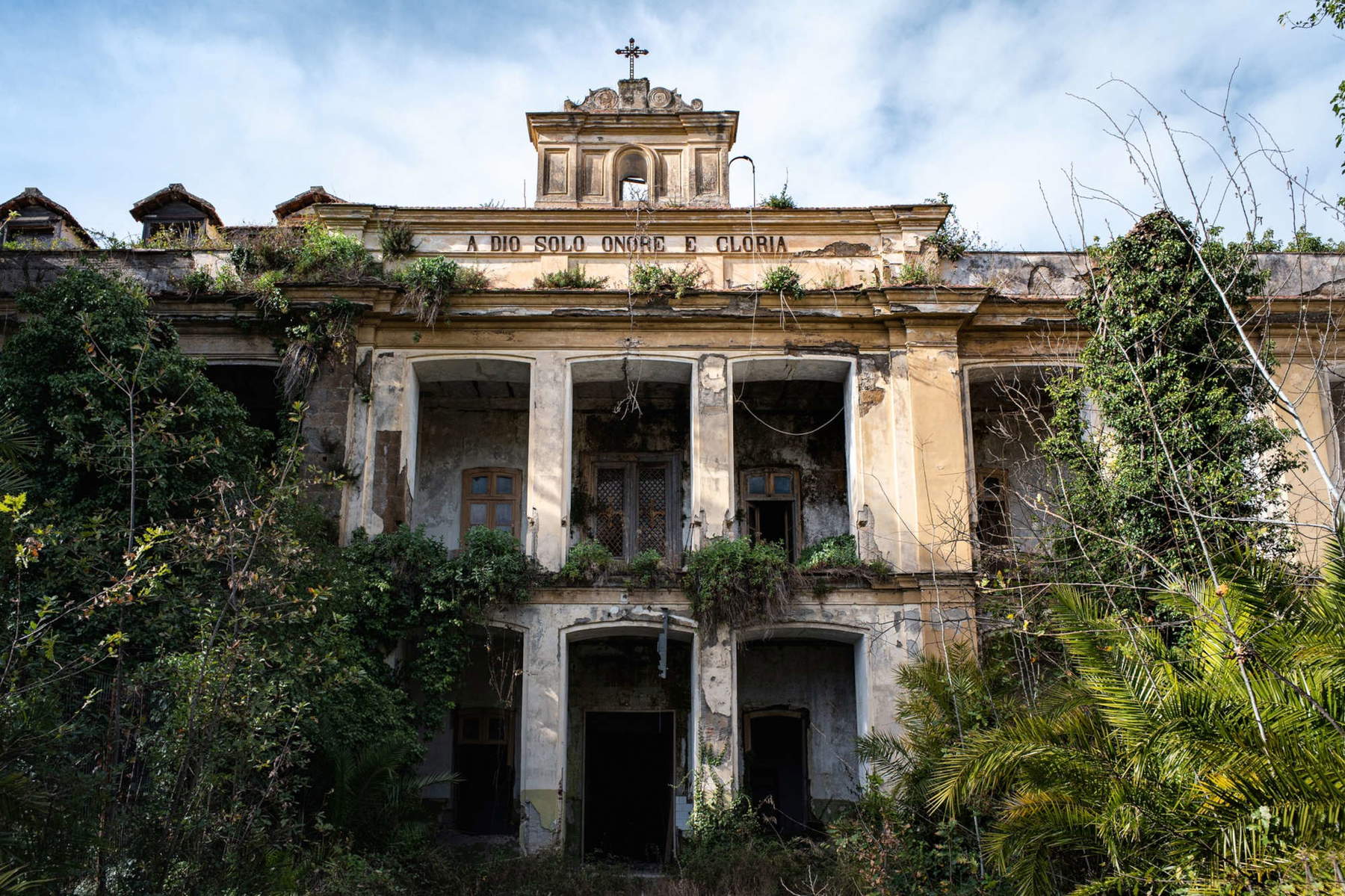 Status of some churches and monuments in the province of
Status of some churches and monuments in the province of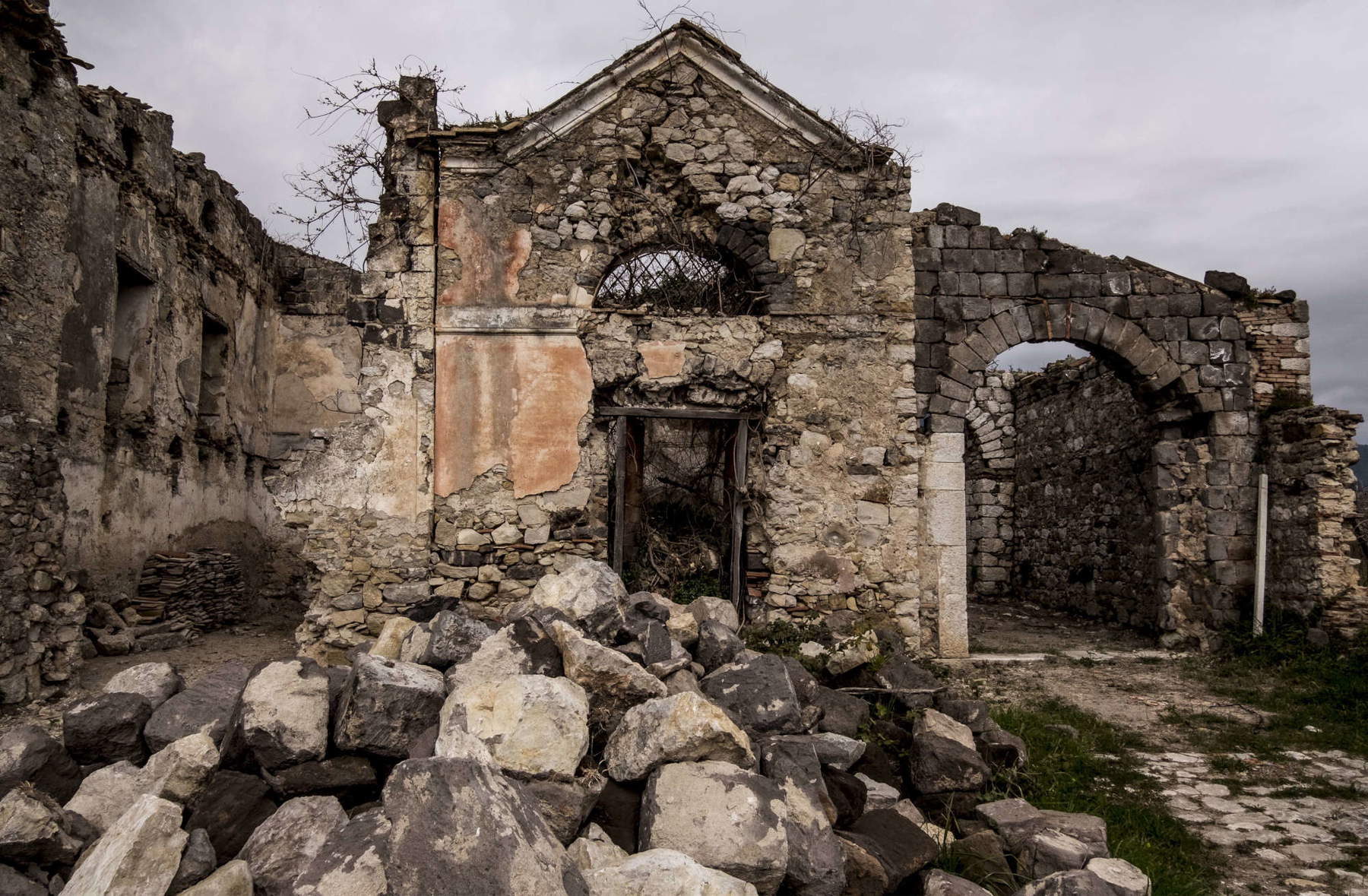
Warning: the translation into English of the original Italian article was created using automatic tools. We undertake to review all articles, but we do not guarantee the total absence of inaccuracies in the translation due to the program. You can find the original by clicking on the ITA button. If you find any mistake,please contact us.